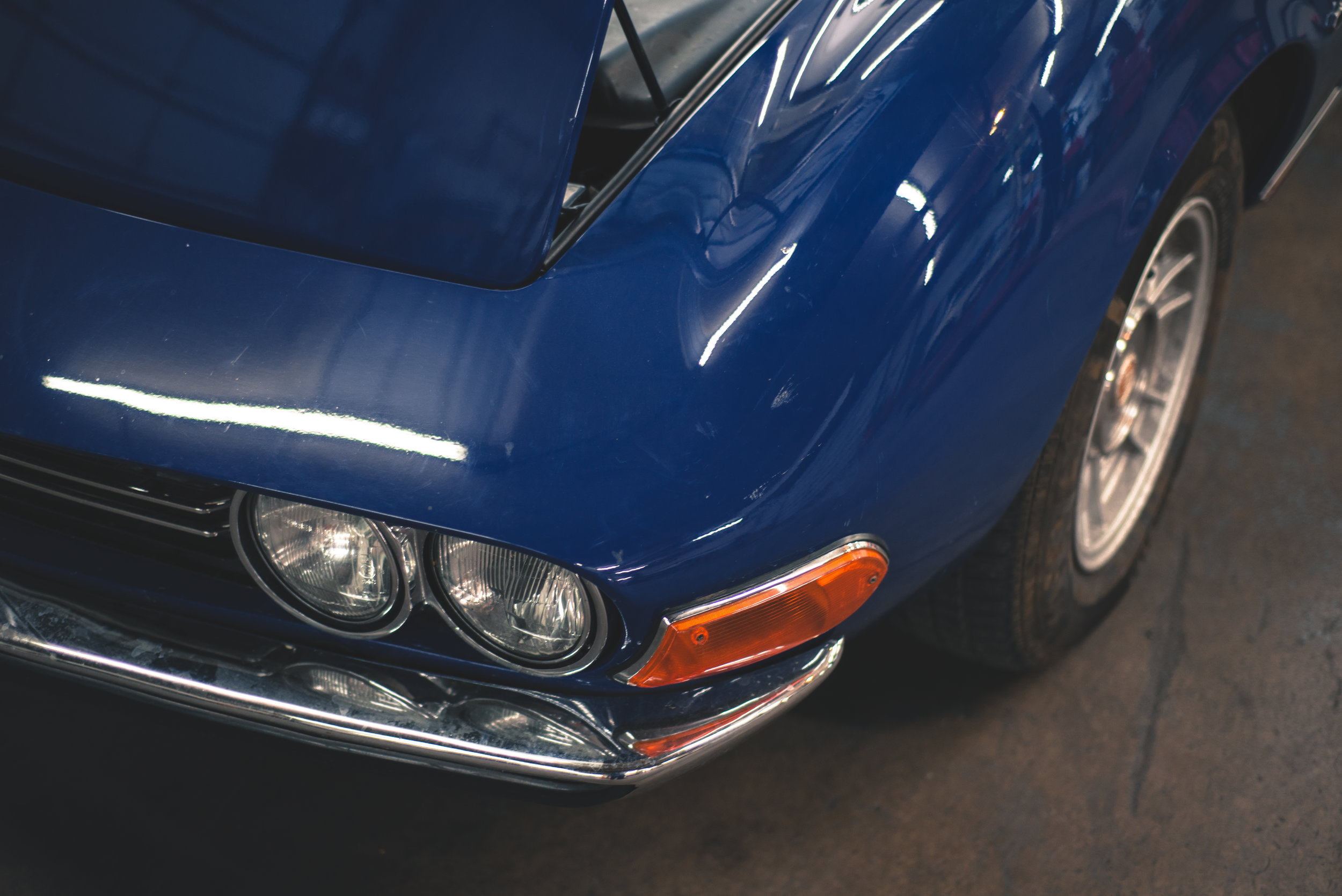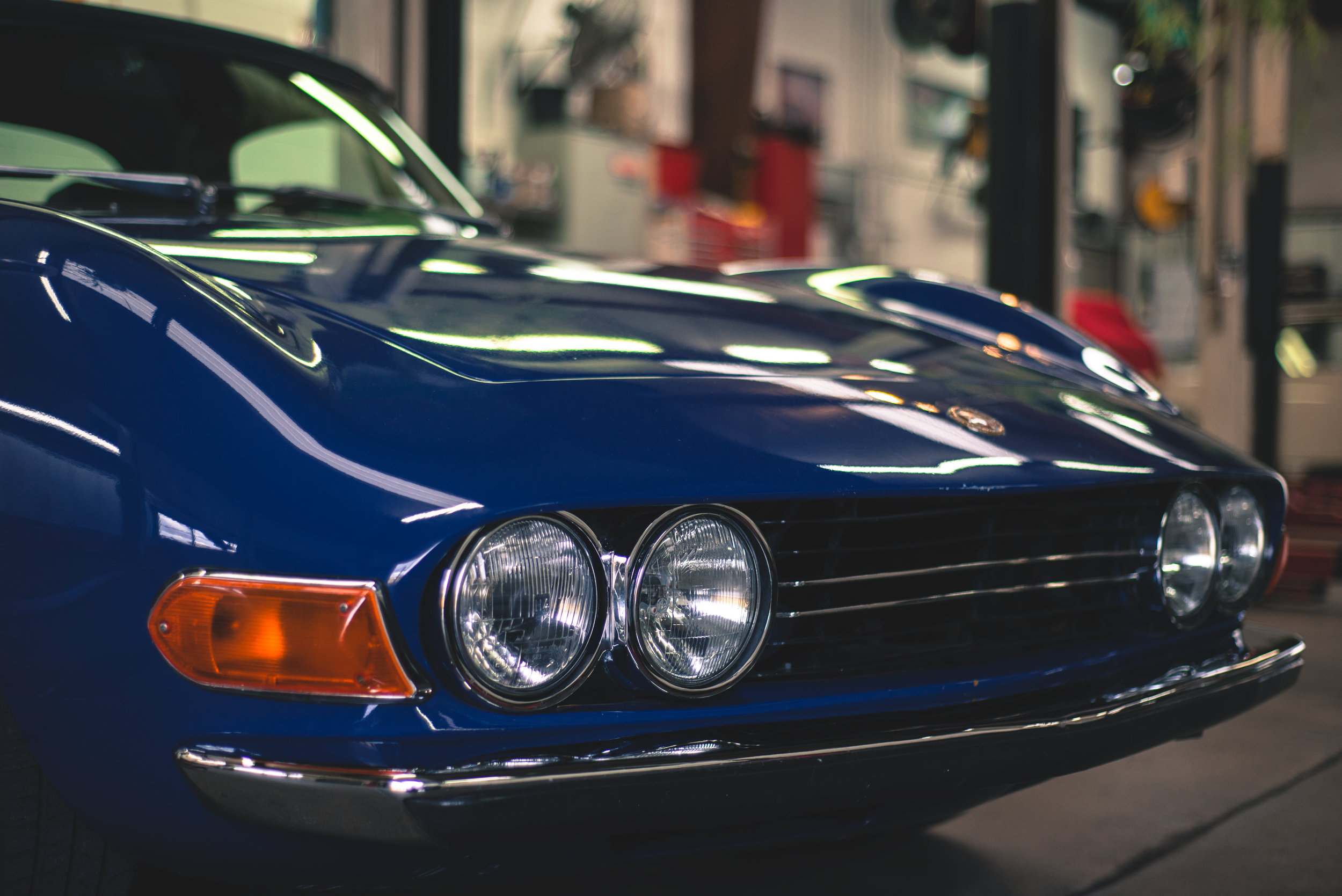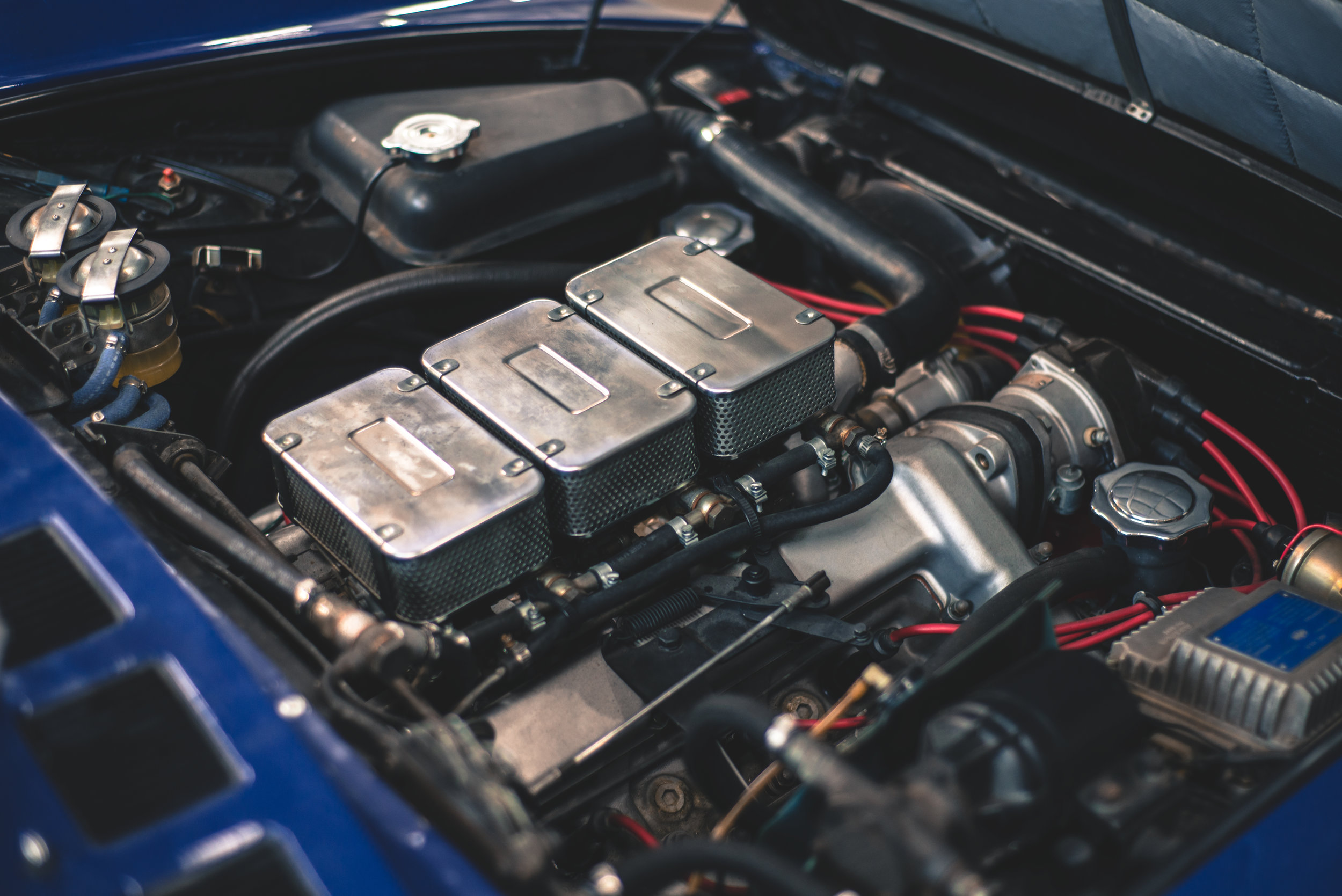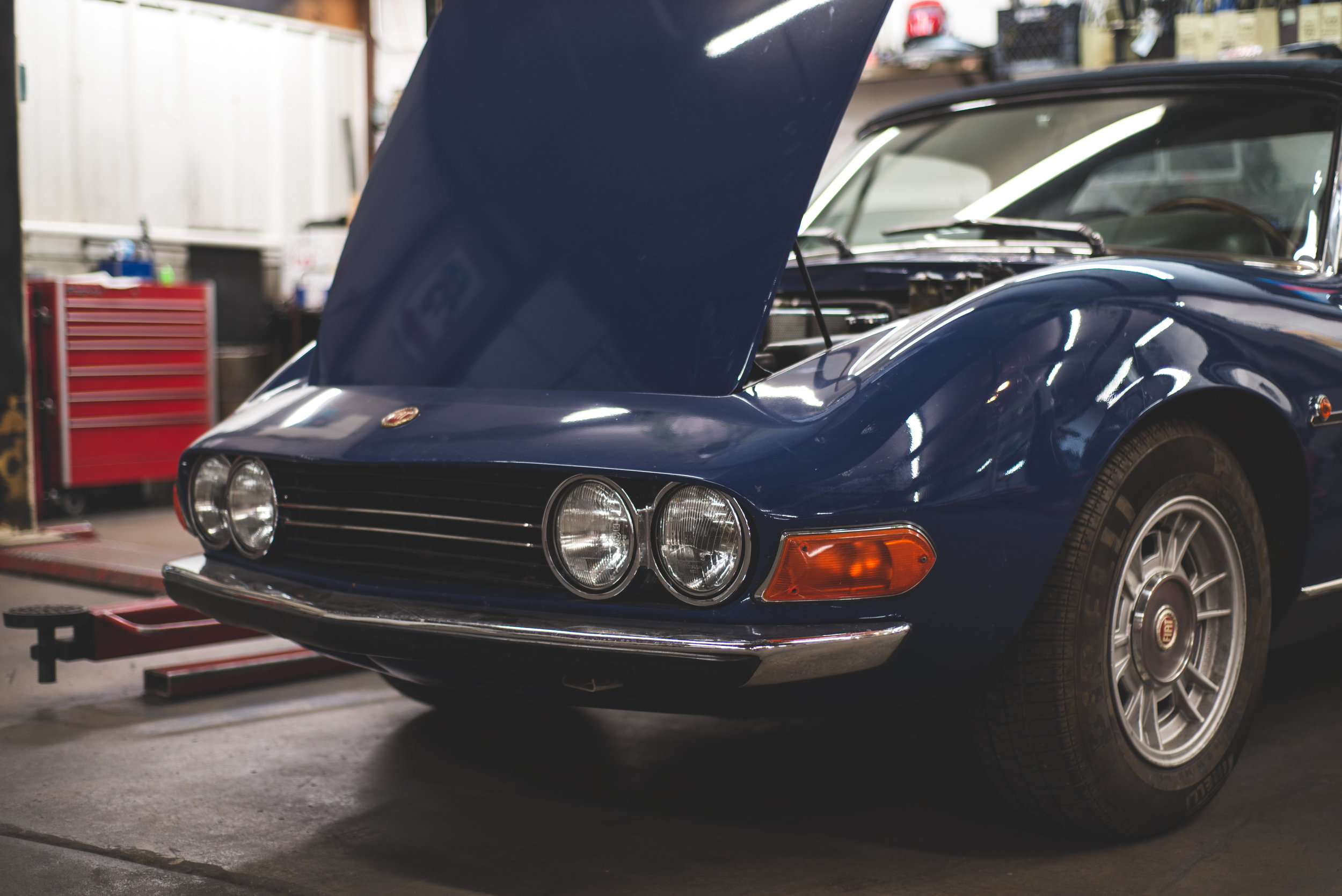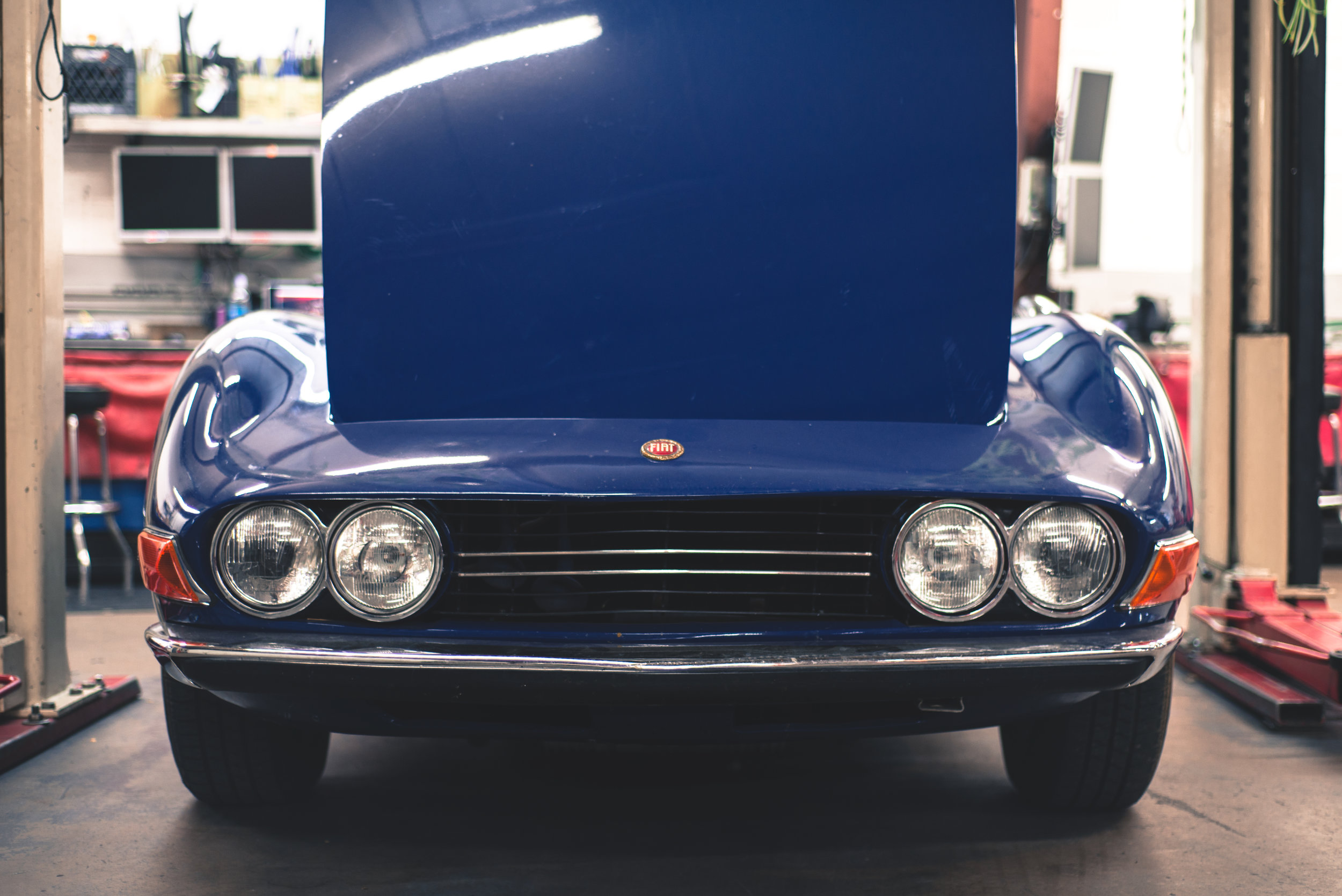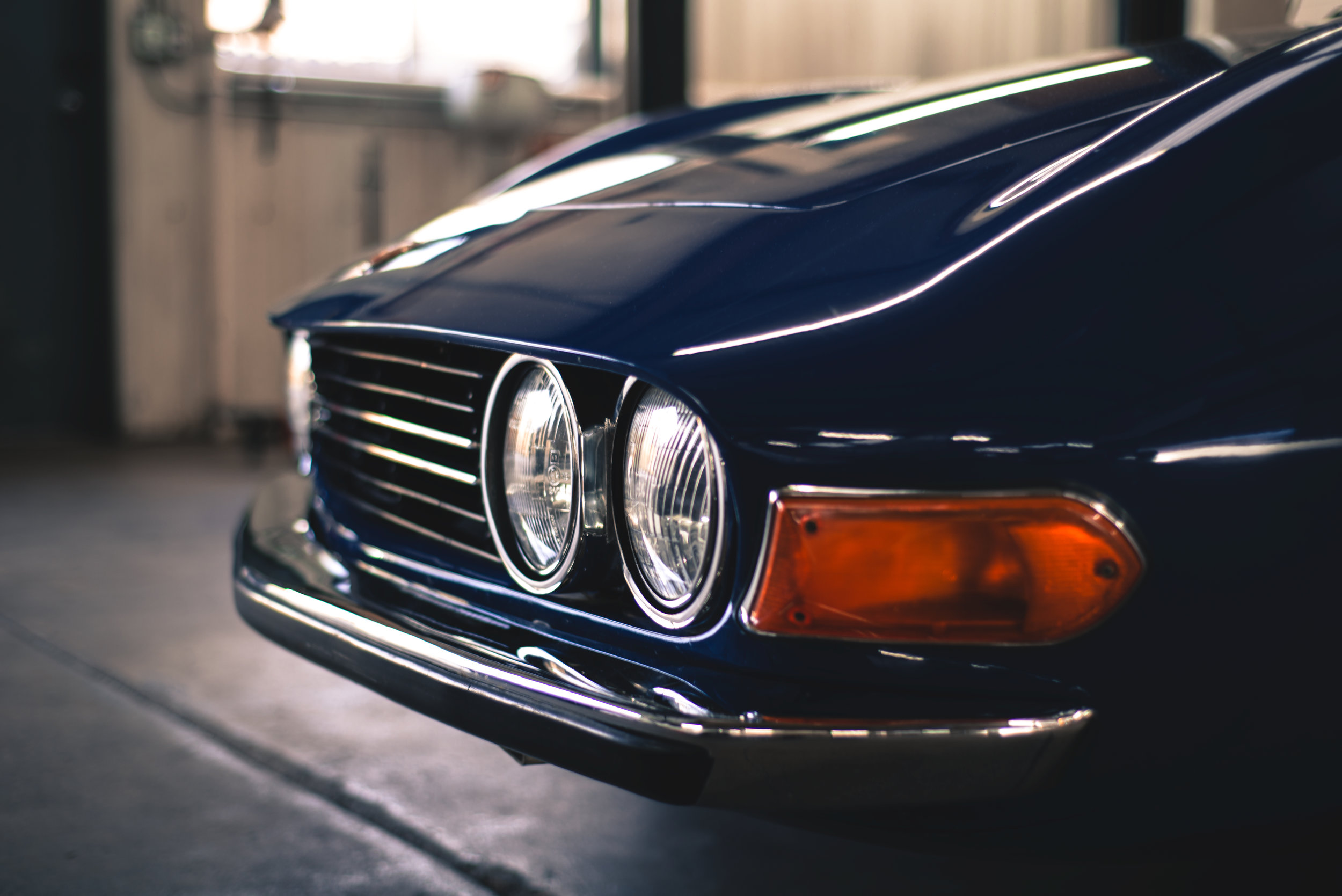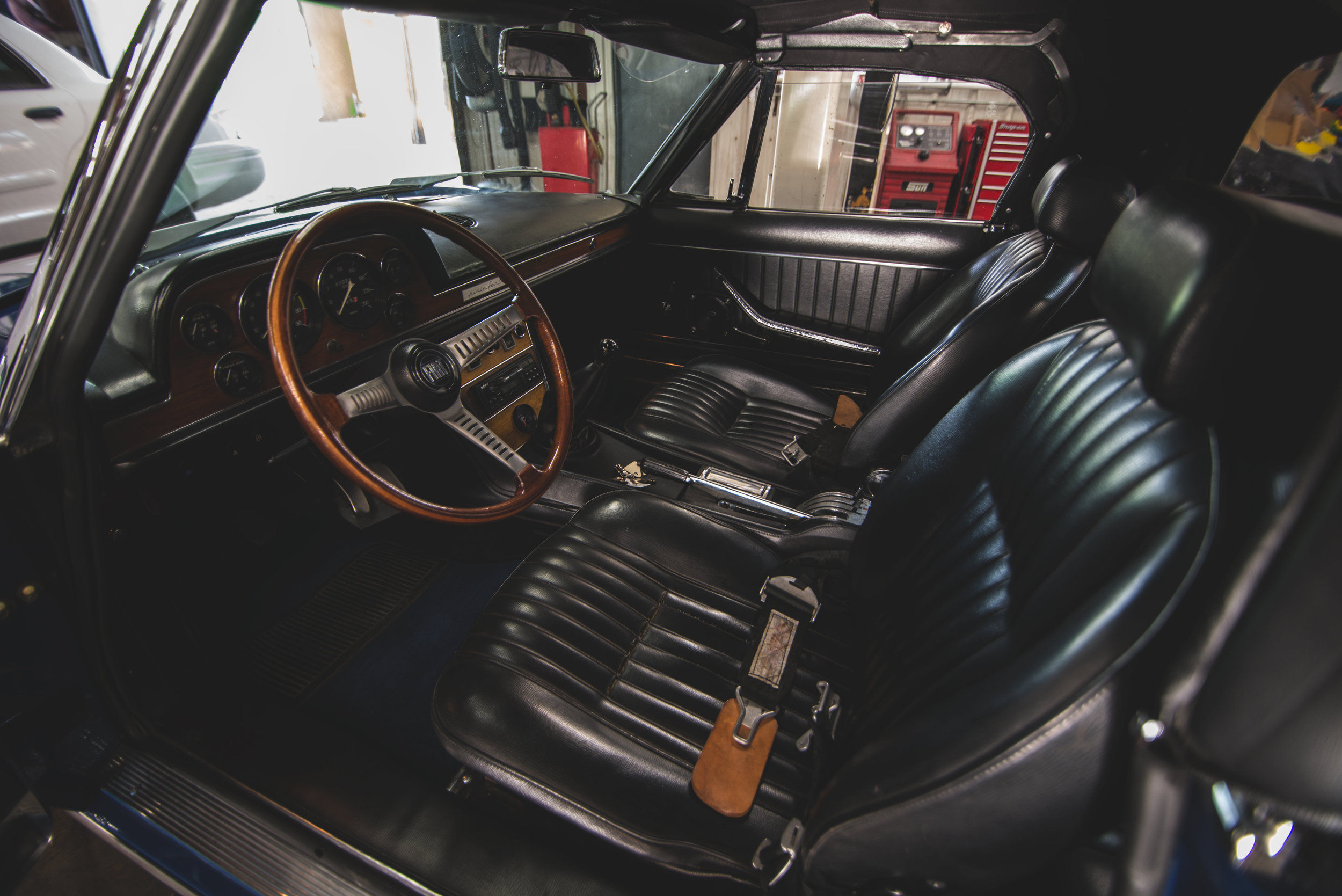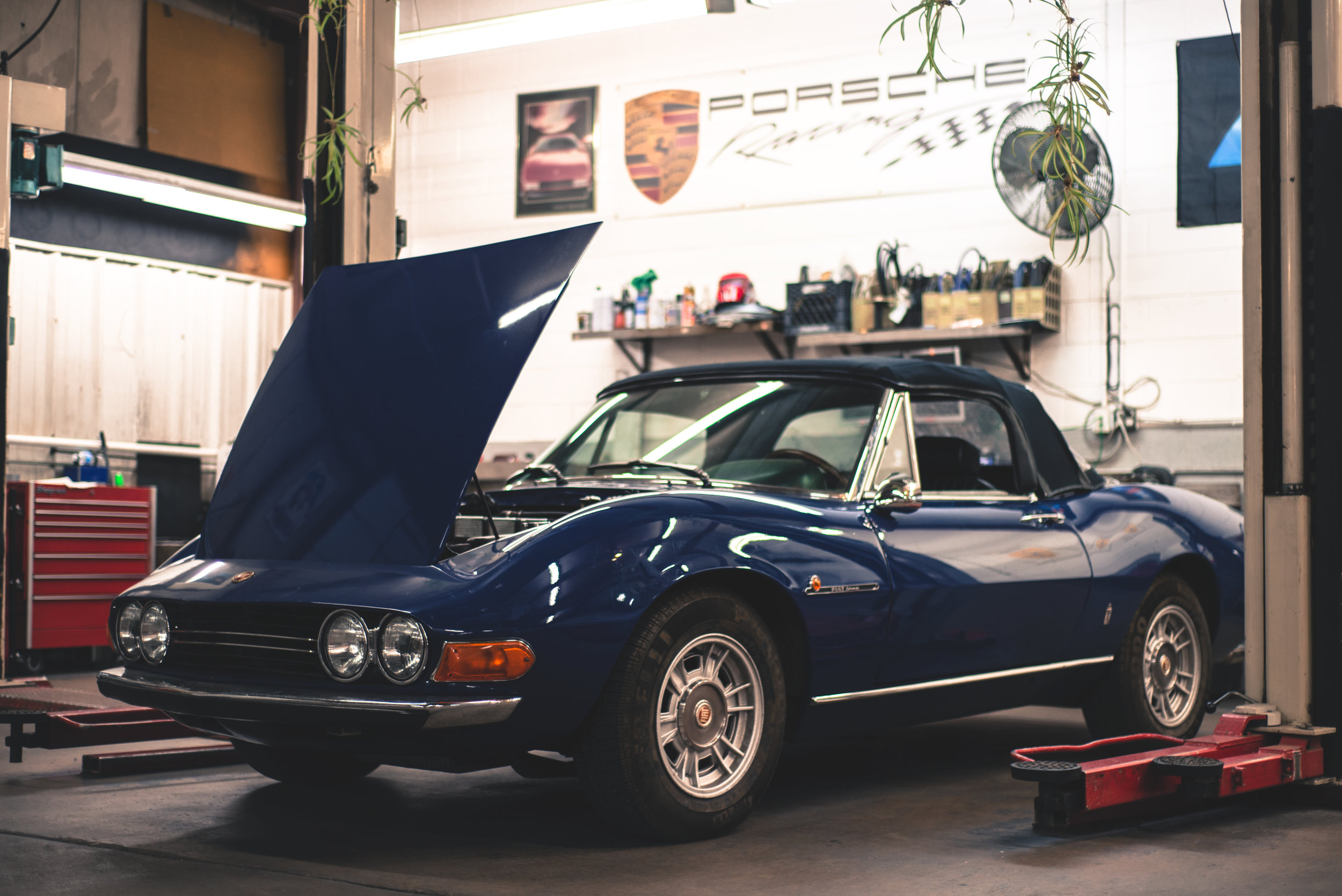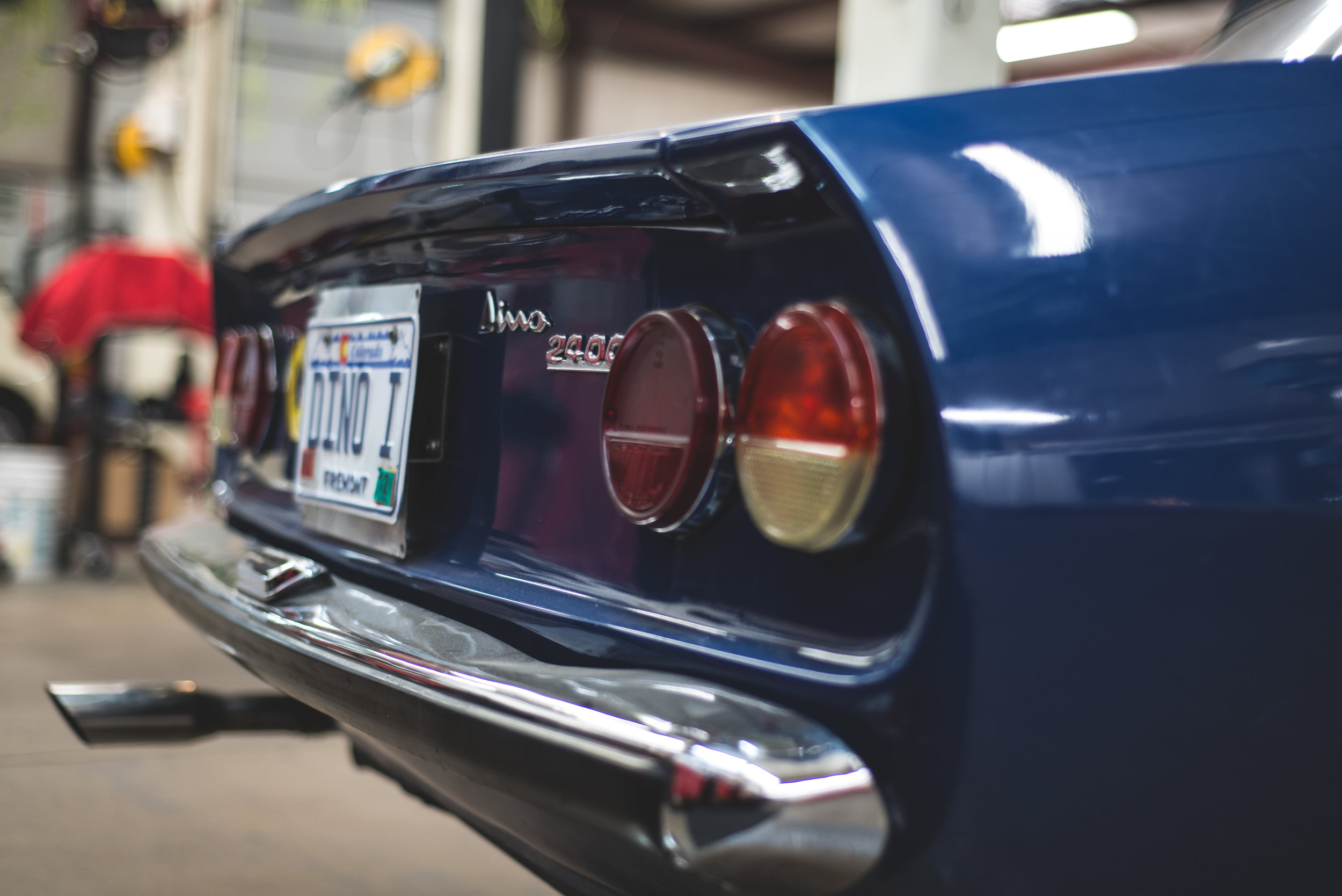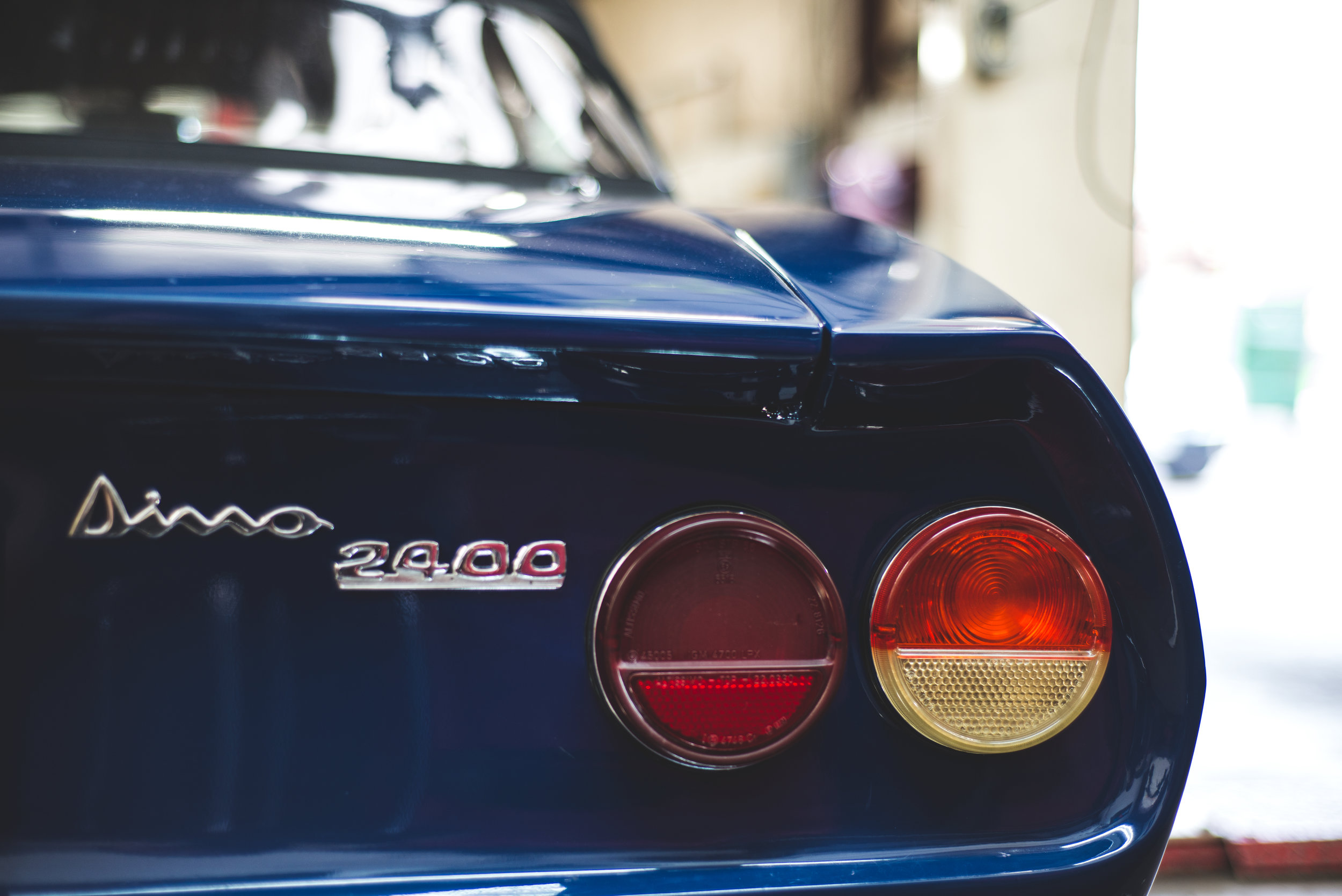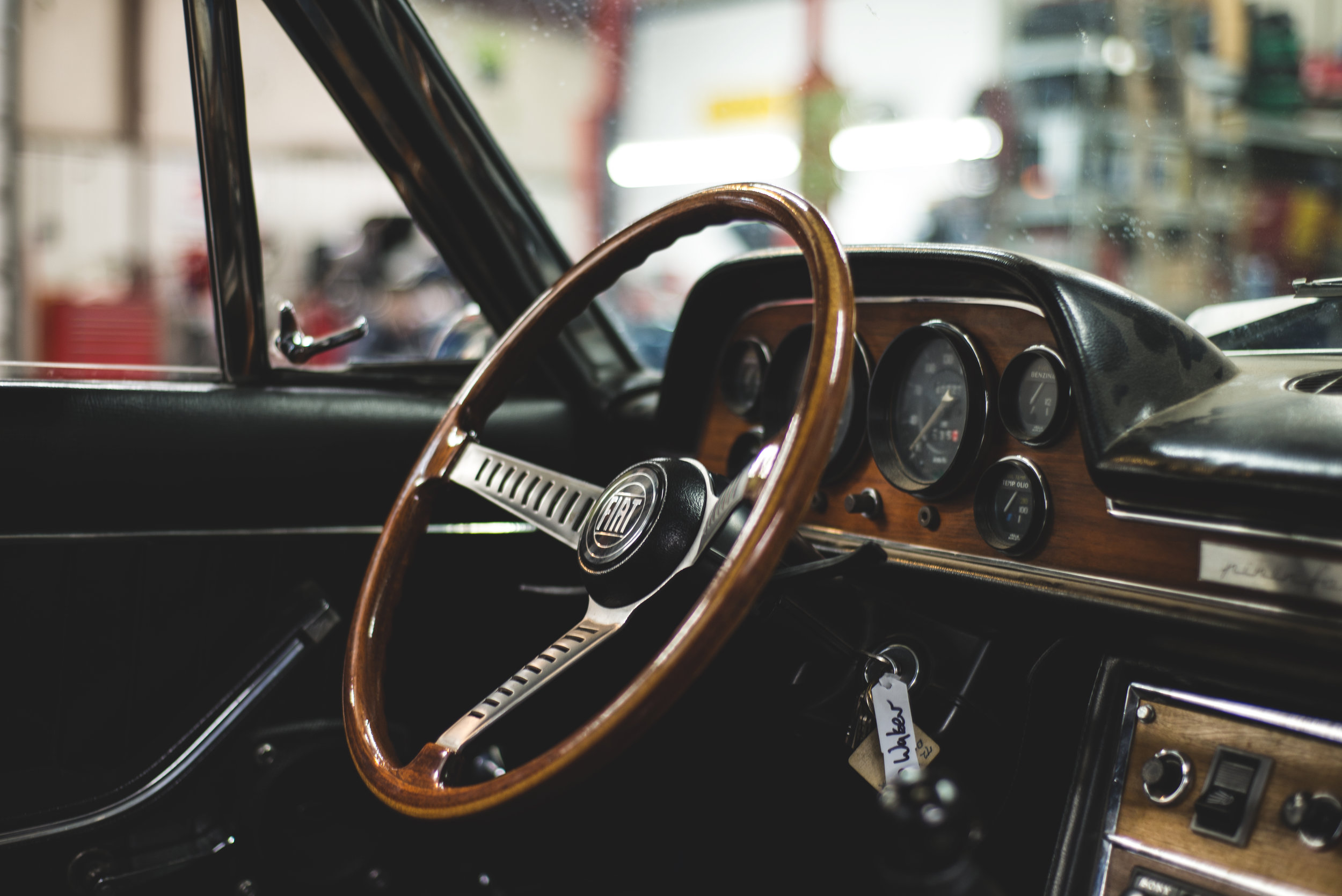Over the years, Homologation for Motorsport has given us as enthusiasts some of the worlds most interesting and unique vehicles. Whether that be from partnerships between iconic brands, or vehicles that started as racing platforms and were fitted with barebones "interiors" to satisfy a road going demographic, the roots of the purpose are all the same. Manufacturers do whatever is necessary to get their name on track.
One of the more interesting homologation stories of the late sixties revolves around Ferrari and their need to revise and develop a new motor to compete in the FIA Formula 2 series. The engines could have no more than six cylinders, and had to be derived from a production engine for a GT class vehicle which had at least 500 units made per year. Since Ferrari was such a low volume manufacturer at the time, they did not have the capacity to produce the required number of vehicles. This led to Enzo Ferrari coming to an agreement with Fiat in 1965. They would produce the engines and install them into a GT car that had yet to be named. Speculation states that Enzo Ferrari's late son Alfredo, nicknamed Dino, was behind the concept of the F2 V6 Ferrari engine, and as a tribute to him, a new GT car under the name "Dino" was introduced in 1968. Fiats Dino vehicles would all be front engine/ rear wheel drive, and Ferraris Dino would all be mid engined rear wheel drive.
Nik's particular Dino Spider is one of 420 made from 1969 to 1973. Being the second generation car, it has the 2400 engine which featured a cast iron engine block instead of aluminum. Other notable changes included independent rear suspension, larger diameter clutch, dogleg ZF gearbox, larger brakes and wider tires.
After sitting dormant for two and a half years, Nik wanted to restore this Dino to be a reliable weekend driver. It had not ran for some time, and had a laundry list of repairs needed to make driving it a safe classic motoring experience. Initially, a complete classic vehicle inspection was performed. This means going through every system, brakes, suspension, drivetrain, electrics, and motor health, and seeing what works and what needs attention. A few weeks and numerous repairs later, Nik was presented with exactly what he asked for. A safe, functional, well sorted classic, ready to be enjoyed. We are grateful to be the trusted source to provide such care for these rare birds. Thank you for the opportunity Nik, and Happy Motoring!
